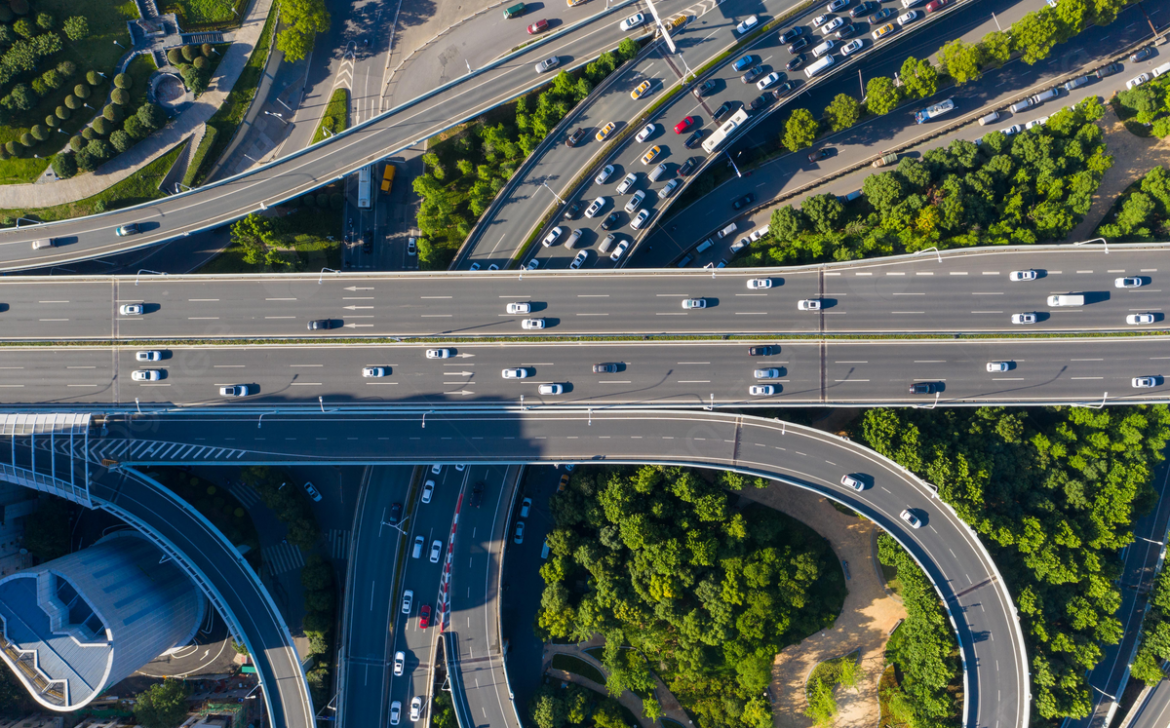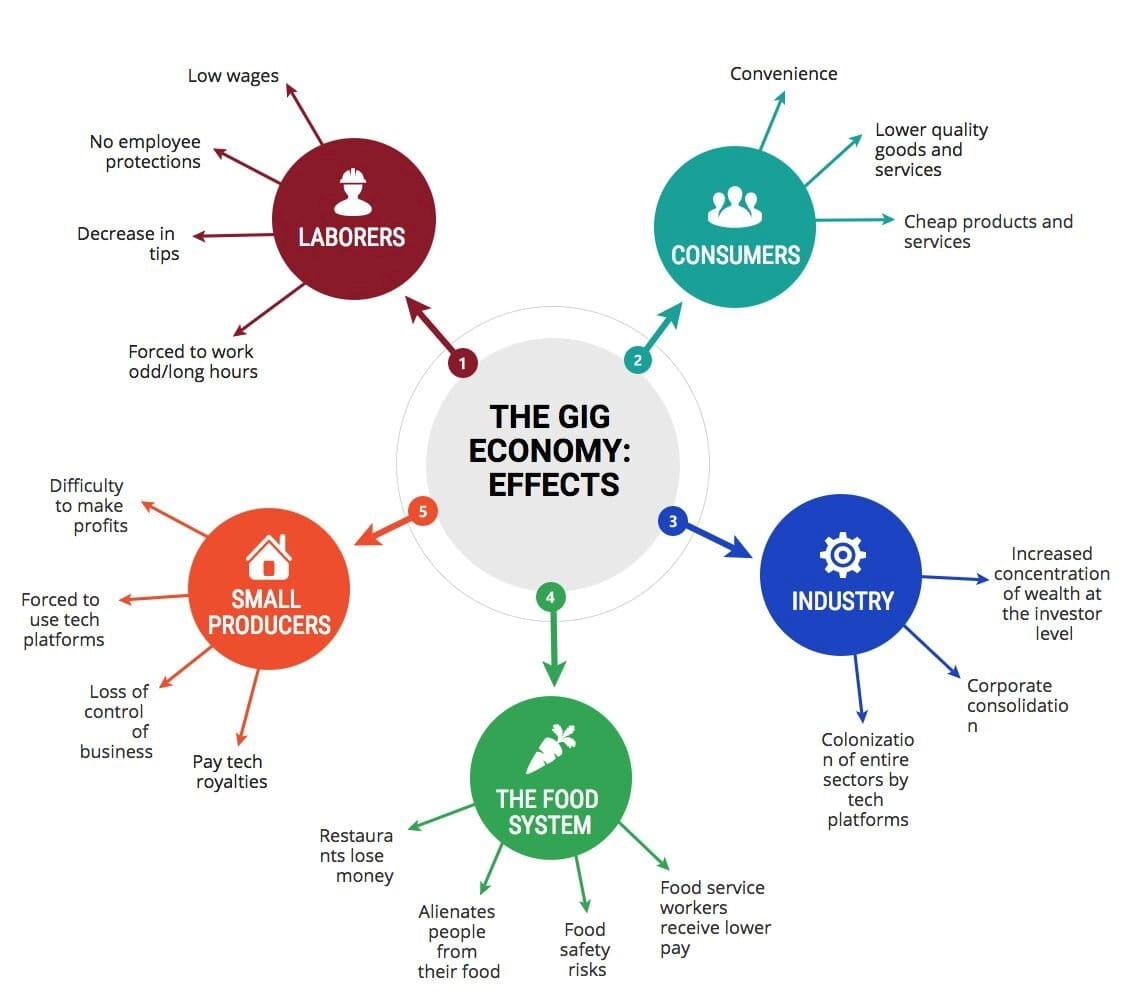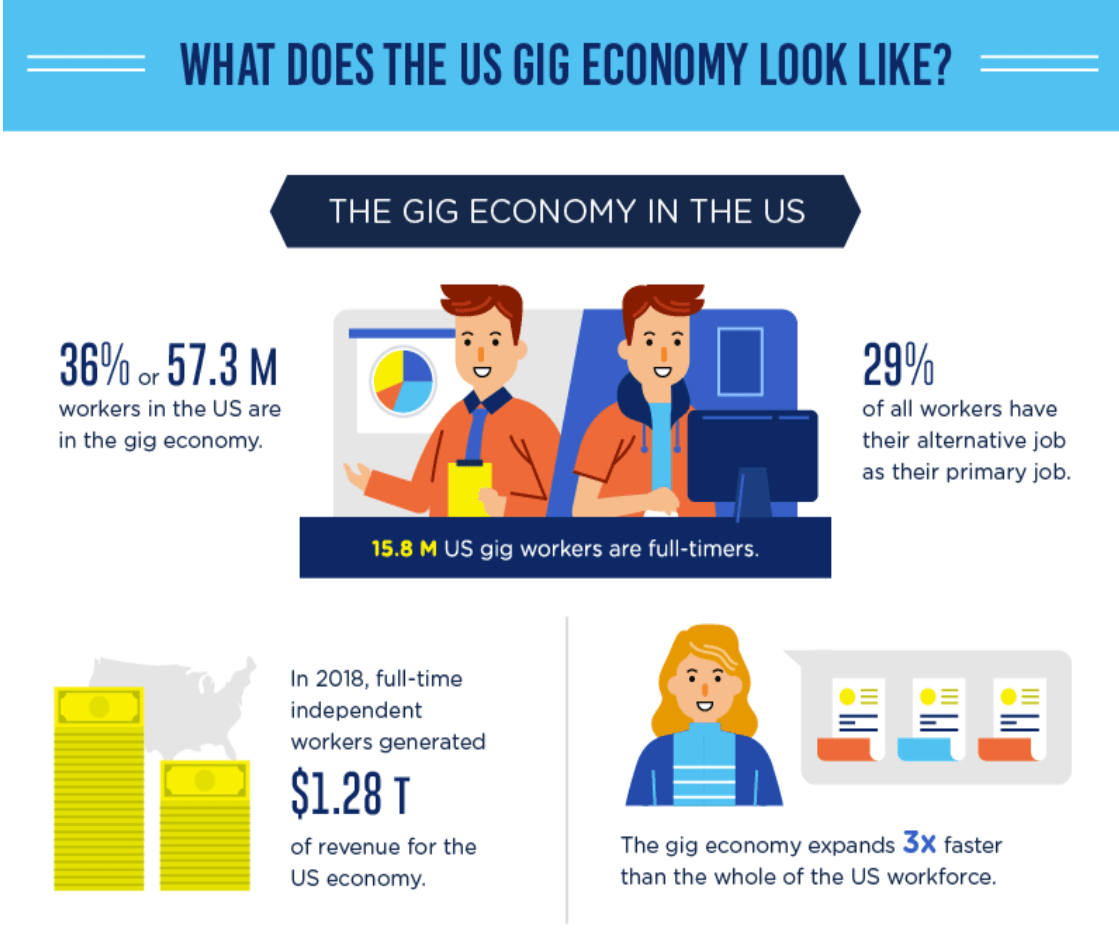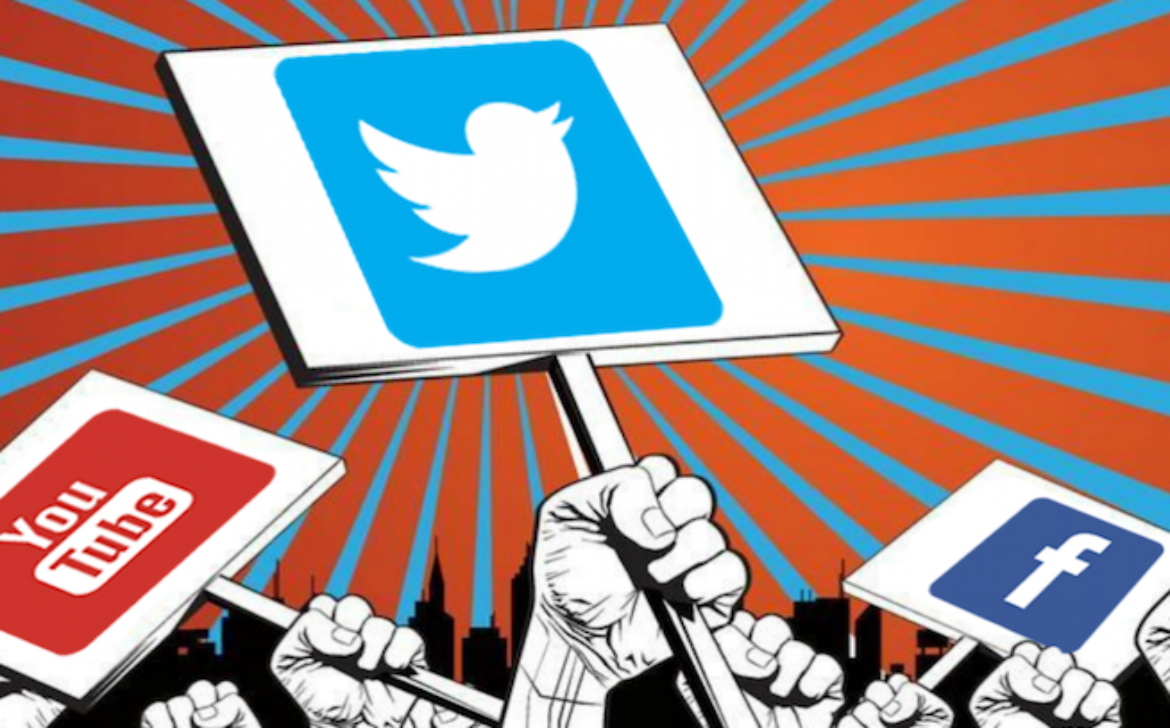Introduction:
Bicycles have been a source of joy, freedom, and adventure for generations. Whether you’re a seasoned cyclist or just getting started, the world of bikes offers a myriad of benefits and experiences. In this blog, we’ll delve into the diverse and exciting realm of bikes, exploring their history, the various types available, and the many reasons why cycling is not just a mode of transportation but a lifestyle.
The Evolution of Bikes:
Bicycles have come a long way since their humble beginnings in the 19th century. The first pedal-powered bicycle, known as the “boneshaker,” emerged in the 1860s, paving the way for the development of the high-wheeler and eventually the safety bicycle. Today, we have an array of options, from classic road bikes to sleek mountain bikes and versatile hybrid models.
Types of Bikes:
1. Road Bikes:
Road bikes are built for speed and efficiency on paved surfaces. With their lightweight frames and thin tires, they are ideal for long-distance rides and competitive cycling. Whether you’re tackling a challenging hill or cruising along a scenic route, road bikes offer a thrilling experience.
2. Mountain Bikes:
For those who crave off-road adventures, mountain bikes are the go-to choice. These rugged machines are designed to handle rough terrain, providing a smooth and controlled ride even on the most challenging trails. Mountain biking is not just a sport; it’s a way to connect with nature and test your limits.
3. Hybrid Bikes:
Hybrid bikes combine the best of both worlds, merging the speed of road bikes with the durability of mountain bikes. They are versatile and well-suited for commuting, leisurely rides, and light off-road excursions. Hybrid bikes are perfect for those who want a bike that can do it all.
4. Electric Bikes (E-bikes):
In recent years, electric bikes have gained popularity for their added convenience and assistance. Whether you’re commuting to work or exploring hilly terrain, E-bikes provide an extra boost with an electric motor. This innovation has opened up cycling to a broader audience, making it accessible to people of all fitness levels.
Benefits of Biking:
1. Physical Health:
Cycling is a fantastic way to stay fit and active. It’s a low-impact exercise that helps improve cardiovascular health, build muscle strength, and enhance overall endurance. Regular biking can also contribute to weight management and reduce the risk of chronic diseases.
2. Environmental Impact:
Choosing a bike over a car for short trips reduces your carbon footprint. Biking is a sustainable and eco-friendly mode of transportation that promotes cleaner air and helps combat climate change. It’s a small but impactful step toward a greener future.
3. Mental Well-being:
The sense of freedom and the rush of endorphins that come with cycling contribute to improved mental well-being. Whether you’re navigating city streets or exploring nature trails, biking provides a mental escape from the stresses of everyday life.
Conclusion:
In the world of bikes, there’s something for everyone. Whether you’re a thrill-seeker who craves mountain trails, a commuter looking for an eco-friendly option, or someone seeking a fun way to stay active, cycling has it all. Embrace the joy of riding, and let your bike be your companion on the road to adventure and well-being. So, gear up, hop on your bike, and let the journey begin!





















